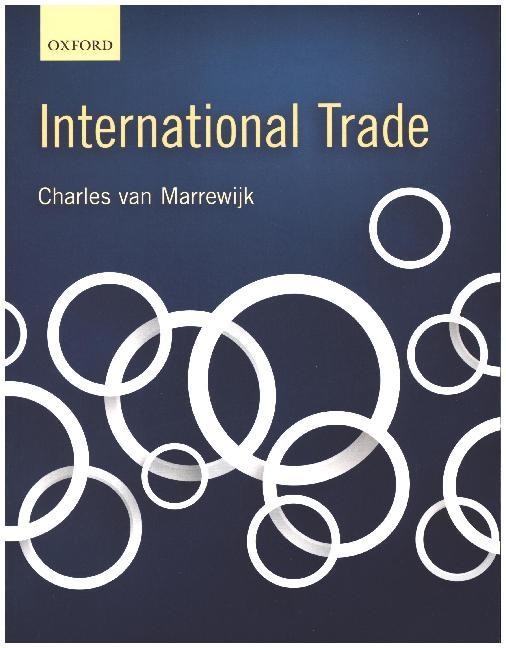Read more
A two-tier approach to learning makes this the most flexible book available: core theory within chapters is complemented by technical notes at the end of relevant chapters, allowing students to take their learning further.
A fully up-to-date and comprehensive treatment of International Trade, this book provides a solid foundation of international trade flows and theories, as well as the latest information on empirical developments and new theoretical insights. Fundamental changes in perspectives are covered, including the role of the firm in international trade flows and organization, in terms of heterogeneity, multinational activity, and global supply chain activities. The theory is illustrated throughout with empirical evidence and an abundance of relevant case studies.
The body of the text represents the first tier of analysis: it provides extensive written and graphical explanations of the structure of international trade. As a second tier of analysis, technical notes at the end of relevant chapters seek to support students who wish to take their learning further.
This book is accompanied by an Online Resource Centre that features:
For students:
Additional review questions
Empirical questions based on data provided in Excel files
Simulation questions allowing students to experiment with models
For lecturers:
Model answers to questions
Animated Powerpoint slides
Further questions for use in seminars/ exams
List of contents
- Part I: Introduction
- 1: The world economy
- 2: Globalization
- 3: The balance of payments
- Part II: Comparative advantage
- 4: Technology: the classical approach
- 5: Technology: the neoclassical approach
- 6: Factor abundance and trade
- Part III: Competitive advantage
- 7: Imperfect competition
- 8: Intra-industry trade
- 9: Investment and migration
- Part IV: Trade policy
- 10: Trade organizations and policy
- 11: Strategic trade policy
- 12: Regional trade agreements
- Part V: International firms
- 13: Heterogeneous firms
- 14: Multinational firms
- 15: Offshoring and supply chains
- Part VI: International interactions
- 16: Geography and gravity
- 17: Growth and competitiveness
About the author
Charles Van Marrewijk is Professor of Economics and Head of Research, International Business School Suzhou, Xi'an Jiaotong - Liverpool University, China, and Professor of International Economics, Utrecht University, The Netherlands.
Summary
A two-tier approach to learning makes this the most flexible book available: core theory within chapters is complemented by technical notes at the end of relevant chapters, allowing students to take their learning further.

